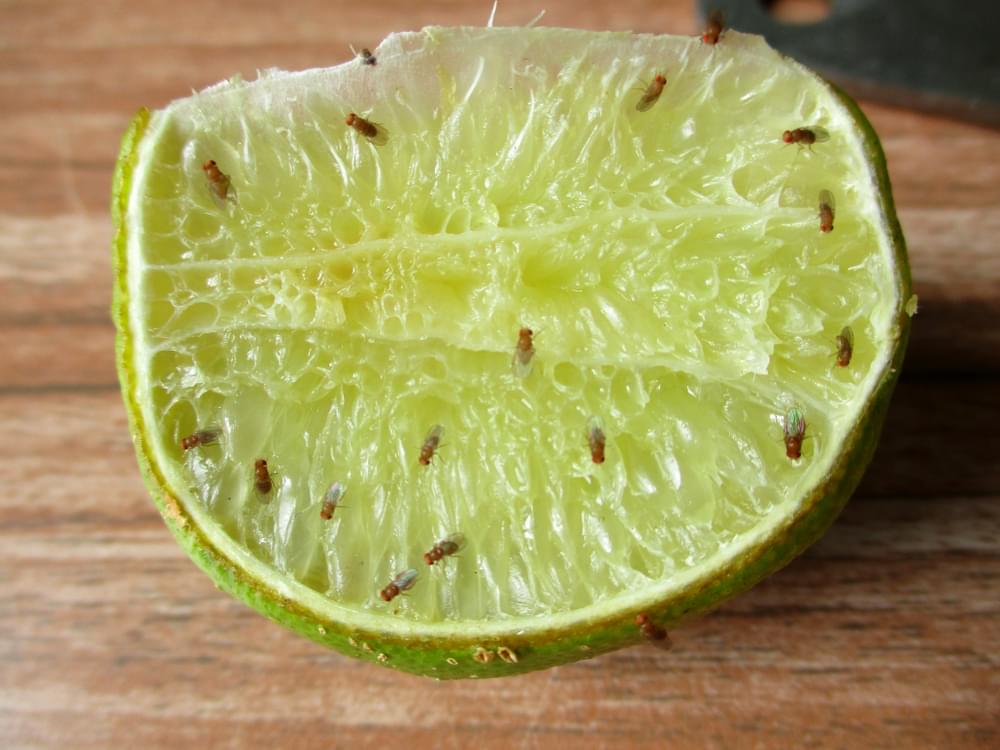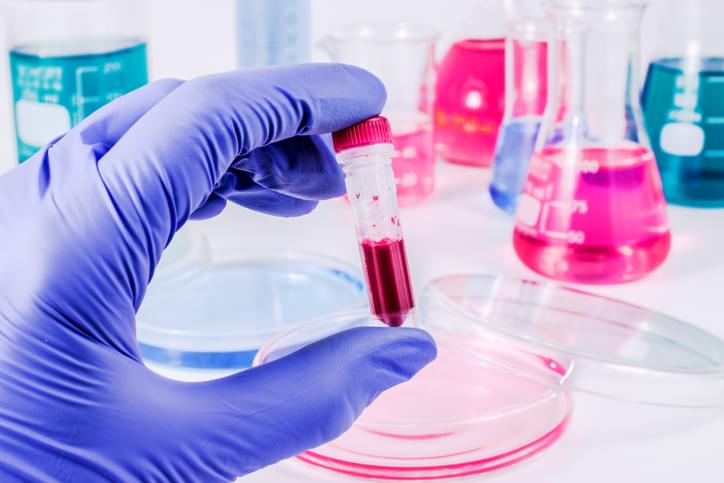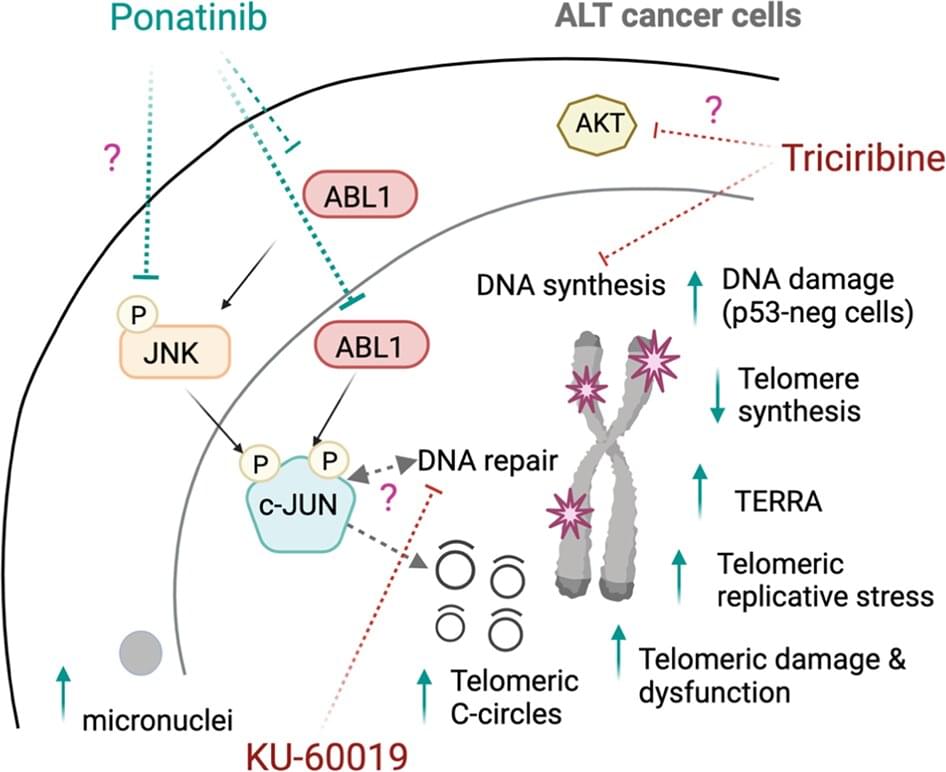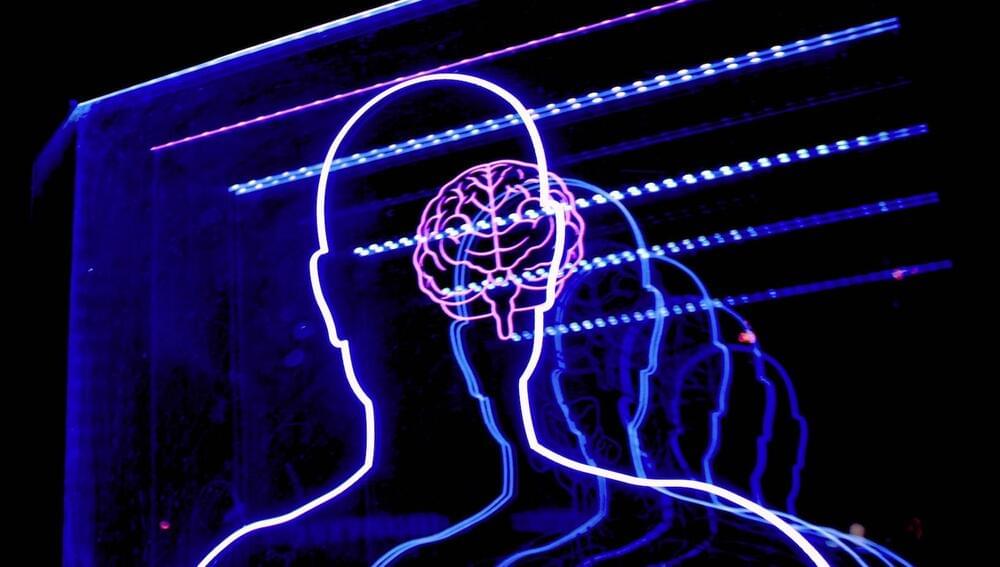Jul 10, 2023
AI vs. Cyber Threats: The Battle for Cybersecurity Dominance
Posted by Shubham Ghosh Roy in categories: cybercrime/malcode, robotics/AI
Welcome to PyGrid AI, the place to come for all things Artificial Intelligence (AI). Our blog publishes articles from experts in the field that cover a wide range of topics related to AI. Whether you are looking for the latest news, research findings, or practical advice on how to use AI, you will find it here. We strive to provide the most up-to-date information on AI, as well as thoughtful commentary, to help you make the most of this exciting technology. Thank you for visiting AI Formation, and please come back often!


















